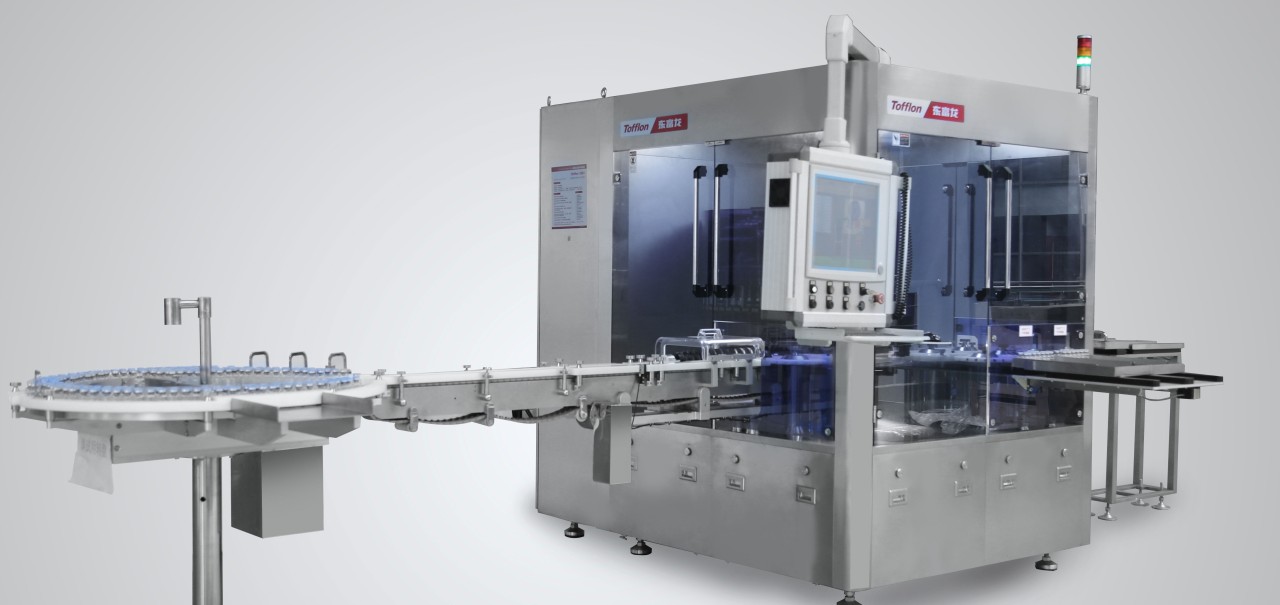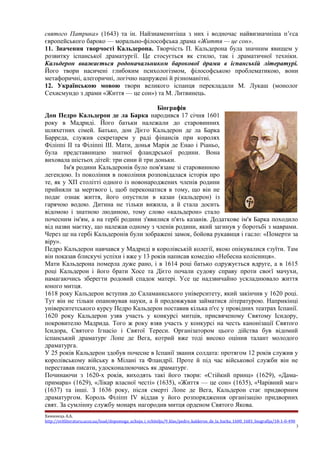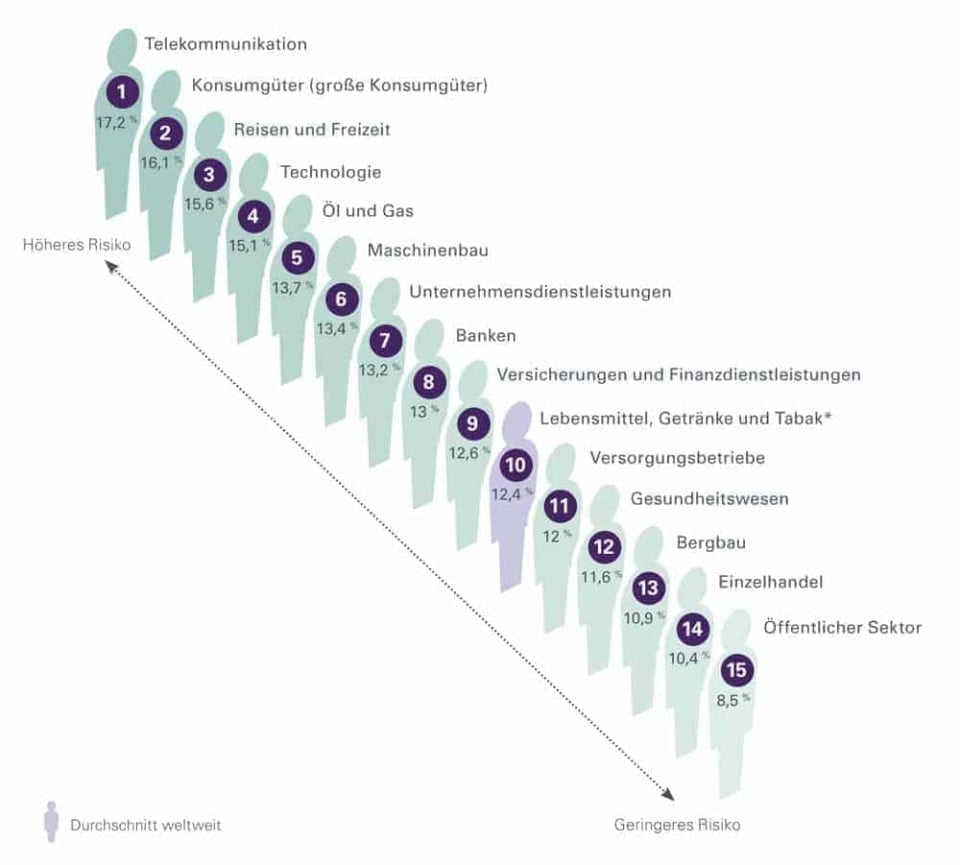Improving The Accuracy Of Automated Lyophilized Vial Inspection

Table of Contents
Advanced Imaging Techniques for Enhanced Defect Detection
Traditional methods of lyophilized vial inspection, often relying on manual visual checks, are time-consuming, prone to human error, and lack the sensitivity needed to detect subtle defects. This necessitates a move towards advanced imaging techniques for more accurate and efficient automated lyophilized vial inspection.
Advanced imaging modalities offer significant advantages over traditional methods. Hyperspectral imaging, for example, captures images across a wide range of wavelengths, allowing for the detection of subtle variations in color and composition that might indicate defects invisible to the naked eye. Multispectral imaging offers a similar benefit, though with a more limited spectral range. 3D vision systems provide depth information, allowing for the precise measurement of fill levels and the detection of three-dimensional defects like cracks or imperfections in vial geometry.
- Improved detection of fill level variations: Precise measurement of fill volume is critical for ensuring dosage accuracy. Advanced imaging enables highly accurate fill level assessment, minimizing deviations.
- Enhanced identification of particulate matter: Even microscopic particles can compromise product quality. Hyperspectral and multispectral imaging can identify and quantify particulate matter with greater sensitivity than traditional methods.
- Better visualization of vial cracks and imperfections: 3D vision systems excel at detecting surface flaws and cracks, even those that are difficult to see with the naked eye.
- Reduced false positives and negatives: The increased sensitivity and specificity of advanced imaging techniques lead to fewer errors in identifying defects, improving overall inspection accuracy.
Examples of specific technologies include high-resolution cameras coupled with sophisticated illumination techniques, and systems integrating multiple imaging modalities for a comprehensive assessment.
Optimizing Image Processing and Algorithm Development
The power of advanced imaging is amplified by sophisticated image processing algorithms. These algorithms are crucial for interpreting the image data and identifying defects. The development and optimization of these algorithms are critical for achieving high accuracy in automated lyophilized vial inspection.
Machine learning (ML) and deep learning (DL) are particularly useful in this context. ML algorithms can be trained to identify patterns associated with defects, while DL algorithms, particularly convolutional neural networks (CNNs), can analyze complex image features with remarkable accuracy. However, the effectiveness of these algorithms relies heavily on the quality and quantity of training data.
- Real-time defect classification: Advanced algorithms can classify defects in real-time, allowing for immediate rejection of faulty vials.
- Improved sensitivity and specificity: Well-trained algorithms can dramatically improve the sensitivity and specificity of defect detection, minimizing false positives and negatives.
- Reduced reliance on manual inspection: Automated systems using advanced algorithms minimize the need for time-consuming manual inspection, improving efficiency and reducing labor costs.
- Adaptability to different vial types and formulations: AI-powered algorithms can be trained on diverse datasets, making them adaptable to different vial types, sizes, and drug formulations.
Calibration and Standardization for Consistent Results
Maintaining the accuracy of automated lyophilized vial inspection systems requires meticulous calibration and standardization. Regular calibration ensures that the system consistently meets pre-defined performance standards. This is essential for delivering reliable and consistent results. Environmental factors, such as temperature and humidity, can significantly influence inspection results, highlighting the need for environmental control and monitoring.
- Regular calibration checks using certified standards: Calibration should be performed using certified reference materials to ensure the accuracy of measurements.
- Environmental monitoring and control: Maintaining stable temperature and humidity levels is crucial for consistent performance.
- Development of standardized operating procedures: SOPs should be established to ensure consistent operation and maintenance of the inspection system.
- Implementation of quality control measures: Robust QC measures should be incorporated to monitor the performance of the system and identify any deviations from expected performance.
Adherence to GMP (Good Manufacturing Practice) guidelines and relevant industry standards is paramount in maintaining a calibrated and standardized system.
Integration of Automated Lyophilized Vial Inspection into a Comprehensive Quality Control System
Integrating automated lyophilized vial inspection into a comprehensive quality control (QC) system is crucial for maximizing its benefits. Data generated by the automated system provides valuable insights into the manufacturing process, identifying potential problems and improving overall efficiency. This integration allows for real-time data analysis and reporting, facilitating proactive quality control.
- Real-time data analysis and reporting: Automated systems provide real-time feedback on defect rates, allowing for immediate corrective actions.
- Integration with other quality control systems (e.g., LIMS): Integration with existing systems improves data management and traceability.
- Trend analysis for identifying potential problems: Analysis of data over time can identify emerging issues and prevent larger problems.
- Improved traceability and accountability: Automated systems enhance traceability and accountability throughout the production process.
By integrating automated lyophilized vial inspection, pharmaceutical manufacturers can reduce human error, improve overall efficiency, and ensure consistent product quality.
Conclusion
Improving the accuracy of automated lyophilized vial inspection is paramount for ensuring product quality and patient safety. This requires a multi-faceted approach that incorporates advanced imaging techniques, optimized algorithms, meticulous calibration, and seamless integration into a comprehensive QC system. By implementing the strategies discussed in this article – focusing on advanced imaging, optimized algorithms, rigorous calibration, and holistic system integration – you can significantly enhance your automated lyophilized vial inspection process. Invest in advanced technologies and best practices to improve the accuracy of your automated lyophilized vial inspection process. By implementing these strategies, you can significantly enhance product quality, reduce waste, and maintain regulatory compliance. Contact us today to learn more about improving your automated lyophilized vial inspection!

Featured Posts
-
 The Trump Tariff Impact Toyotas Heavy Burden Among Automakers
May 12, 2025
The Trump Tariff Impact Toyotas Heavy Burden Among Automakers
May 12, 2025 -
 Los Angeles Wildfires The Growing Market For Disaster Betting
May 12, 2025
Los Angeles Wildfires The Growing Market For Disaster Betting
May 12, 2025 -
 Cody Bellingers Role In Protecting Aaron Judge In The Yankees Lineup
May 12, 2025
Cody Bellingers Role In Protecting Aaron Judge In The Yankees Lineup
May 12, 2025 -
 Prints Endryu 65 Rokiv Ditinstvo V Korolivskiy Rodini
May 12, 2025
Prints Endryu 65 Rokiv Ditinstvo V Korolivskiy Rodini
May 12, 2025 -
 2025 Indy 500 Analyzing The Riskiest Positions For Drivers
May 12, 2025
2025 Indy 500 Analyzing The Riskiest Positions For Drivers
May 12, 2025
